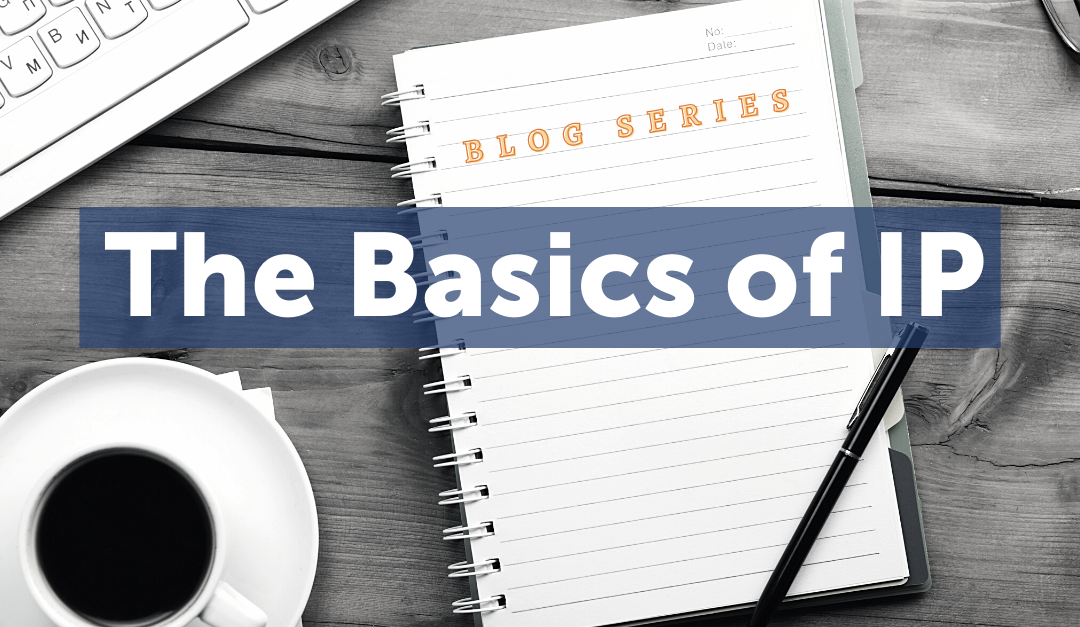This is Part 7 of our ‘Basics of IP’ blog series. You can find Parts 1, 2, 3, 4, 5, and 6 here. The following has been adapted from “Can I Copyright That?”, a Michelson IP animated short.
Say you’ve got a great idea for a book or a movie. The first thing you need to know is that you can’t copyright a mere idea. You can only copyright the original expression of that idea, for example, in a book, original song, poem, or some other tangible creative work.
No one examines your creative work to determine whether it merits copyright protection, as they do for patents and inventions. That’s because the merit of any cultural work is a far more subjective affair — as demonstrated by the frequency with which publishers reject novels that later become literary classics.
You don’t need to register your original creative work to copyright it. It is legally copyrighted the moment it is expressed in a tangible form. Registration is needed only if you wish to initiate a copyright infringement suit in federal court.
What can you copyright?
Title 17 of the United States Code Section 102 lists eight broad categories of original works that are eligible for copyright. These are:
- Literary works
- Musical works, including any accompanying words
- Dramatic works, including any accompanying music
- Pantomimes and choreographic works
- Pictorial, graphic, and sculptural works
- Motion pictures and other audiovisual works
- Sound recordings
- Architectural works
This list, while broad, actually includes many more kinds of creative works than you might imagine. For example, you can obtain copyrights for computer software, maps, games, puzzles, toys, and fabric designs.
Not copyrightable, however, are abstract ideas like E=MC2 or names, addresses or facts —unless they are creatively compiled in some way.
A copyrightable work must not only be one of the eight broad categories of eligible subject matter, it must also be:
- Original.
- Expressed or fixed on a tangible medium that can be seen or copied.
- Authored or creatively compiled.
- Not a fact or abstract idea.
The law grants you six exclusive rights once you copyright your work:
- Publish or reproduce the copyrighted work.
- Prepare derivative works.
- Distribute copies or recordings of the copyrighted work to the public by sale or transfer of ownership, or by rental, lease, or lending.
- Perform the copyrighted work publicly.
- Display the copyrighted work publicly.
- Perform the copyrighted work publicly through a digital audio transmission.
What is the first-sale doctrine?
Your rights are limited, however, by what is known as the first-sale doctrine. Once your publisher distributes copies of your novel to a bookstore, your distribution rights end. The bookstore can then sell it, give it away, or even throw it in the dumpster.
The first-sale doctrine does not terminate your moral rights to your work, however, which lets you protect the integrity of your work from intentional distortion or modification by others.
How long do your exclusive rights last?
This is where the controversy lies. The Founders of the U.S. determined that copyright should last for 28 years. However, Congress passed a law in 1998 extending copyright term to an unprecedented term of the life of the author plus 70 years.
Critics called this law the “Mickey Mouse Protection Act” because it extended the Walt Disney Company’s lucrative monopoly over its characters, brands and merchandising.
Many believe these critics have a point. The purpose of copyright law is to protect the property rights of authors to their creations so that the wellsprings of creativity do not dry up for lack of incentive. Moreover, if singer-songwriters like Taylor Swift can’t earn a living from their work, we won’t have many singer-songwriters.
But neither should copyright be so unlimited that it infringes on the public’s right to knowledge and learning — or inhibits the free flow of information.
Ideally, copyright should strike a healthy balance between individual rights and the public good.
Download the Free “What Can You Copyright?” Infographic Below
—
Continue on to Part 8 of this blog series. For more in-depth information on trademarks, check out the free online course Intellectual Property: Inventors, Entrepreneurs, Creators.
_________


I love IP law and would like to specialize in it.
Intellectual property and how its protected can be difficult to understand. Thanks for the breakdown you’ve provided it’s definitely a lot easier to digest now, thanks again.
Happy to see that this is helpful, Greg!
Hi
Written to be easily understood — I enjoyed it!
Can I copy an ebook for my son. He doesn’t access to the internet or a computer. I have purchased a few of your books already. Thank you
I have written a book and my “publisher” has possession of a copyright ISBN number registered to his friend. He arranged for us to purchase her copyright for my book, is this the way to go?